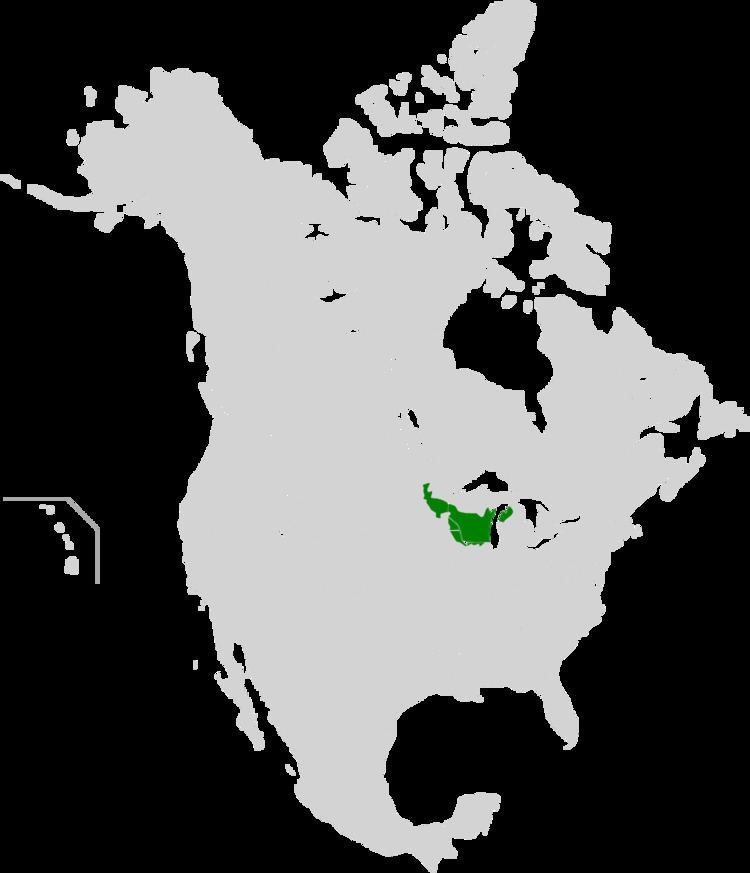Area 166,100 km² Bird species 215 Protected 4.7% | Habitat loss 62.5% Mammal species 62 | |
 | ||
Borders Western Great Lakes forests
Southern Great Lakes forests
Central forest-grasslands transition
Central tall grasslands
Northern tall grasslands
Canadian aspen forests and parklands
Midwestern Canadian Shield forests Countries United States and Canada States/Provinces Minnesota, Wisconsin, Michigan, Iowa, Ontario and Manitoba Biome Temperate broadleaf and mixed forest | ||
The Upper Midwest forest-savanna transition is a terrestrial ecoregion that is defined by the World Wildlife Fund. An oak savanna plant community located in the Upper Midwest region of the United States, it is a transitory ecotone between the tallgrass prairies to the west and the temperate deciduous forests to the east. A part of the Upper Mississippi River basin, it is considered endangered with less than 5% of the original ecosystem remaining intact, due mostly to overgrazing and conversion to agriculture.
Contents
Fire and disturbance
Historically, wildfire has been the primary driver and determinant of the forest dynamics in the plant community. Due to this the resulting canopy structure has been relatively sparse (the basal area ranges approximately from 4 to 29 meters hectare−1). Presence and biodiversity of plant species is largely controlled by the frequency of fire. Typical tallgrass prairie vegetation such as grasses, forbs, shrubs, and sedges, increase with an increase in the amount of fire, whereas tree density and basal area decreases.
After European American settlement and the abandonment of fire as a land management regime, most savannas have been converted into closed canopy woodlands, with shade tolerant and fire-intolerant species dominating rather than the historic primary and secondary succession species dependent on fire.
Species distribution
Trees:
Intact habitat
A survey in 1985 concluded that only 26 square kilometres (10 sq mi) of intact habitat remain, roughly 0.02% of what is estimated to have existed at the time of European settlement. Highly dispersed and fragmented, none of the present habitat falls under the designation of National Forests but comes under the administration of the states' Department of Natural Resourcess or federal entities such as the Fish and Wildlife Service. Remaining intact habitat areas include:
